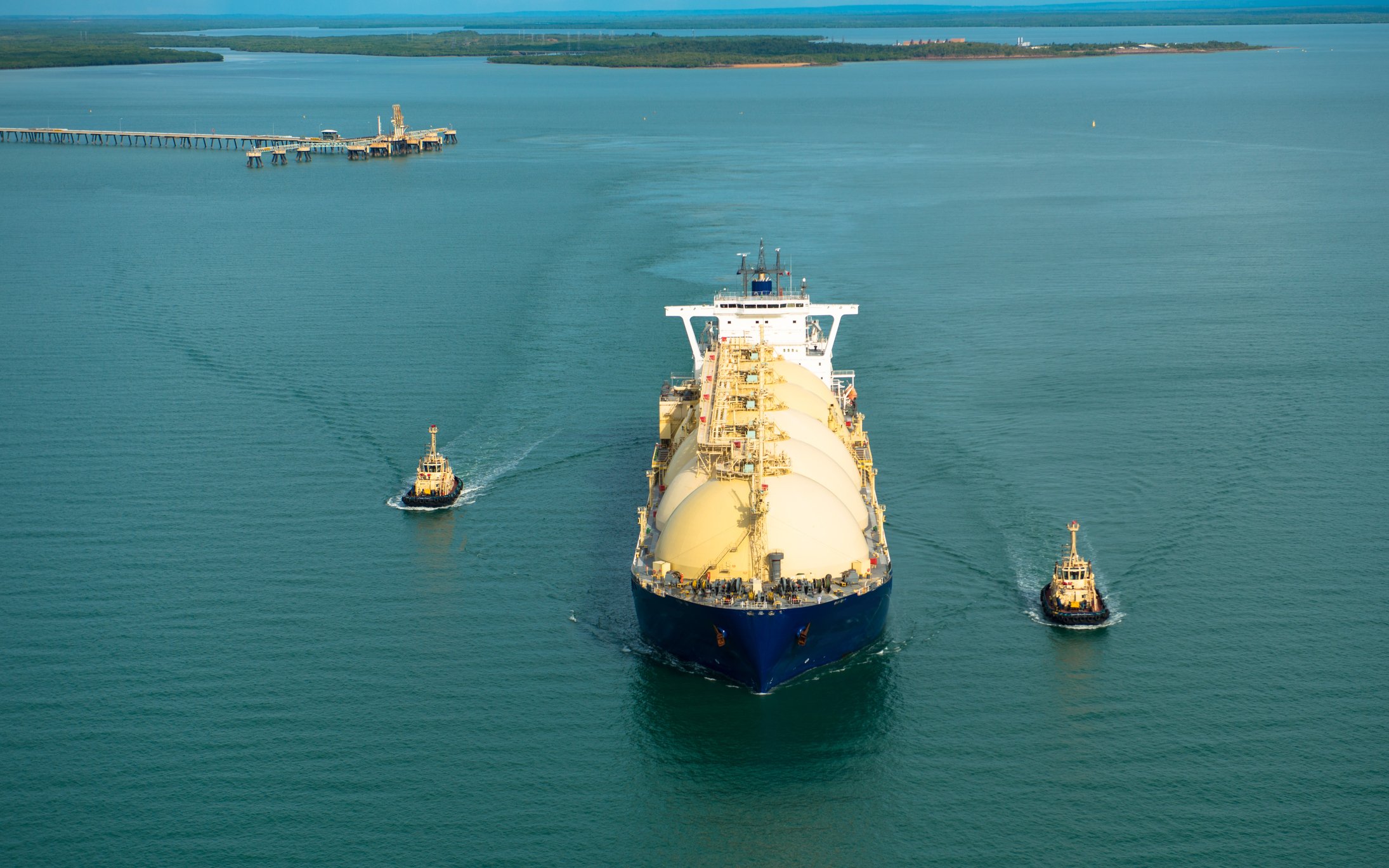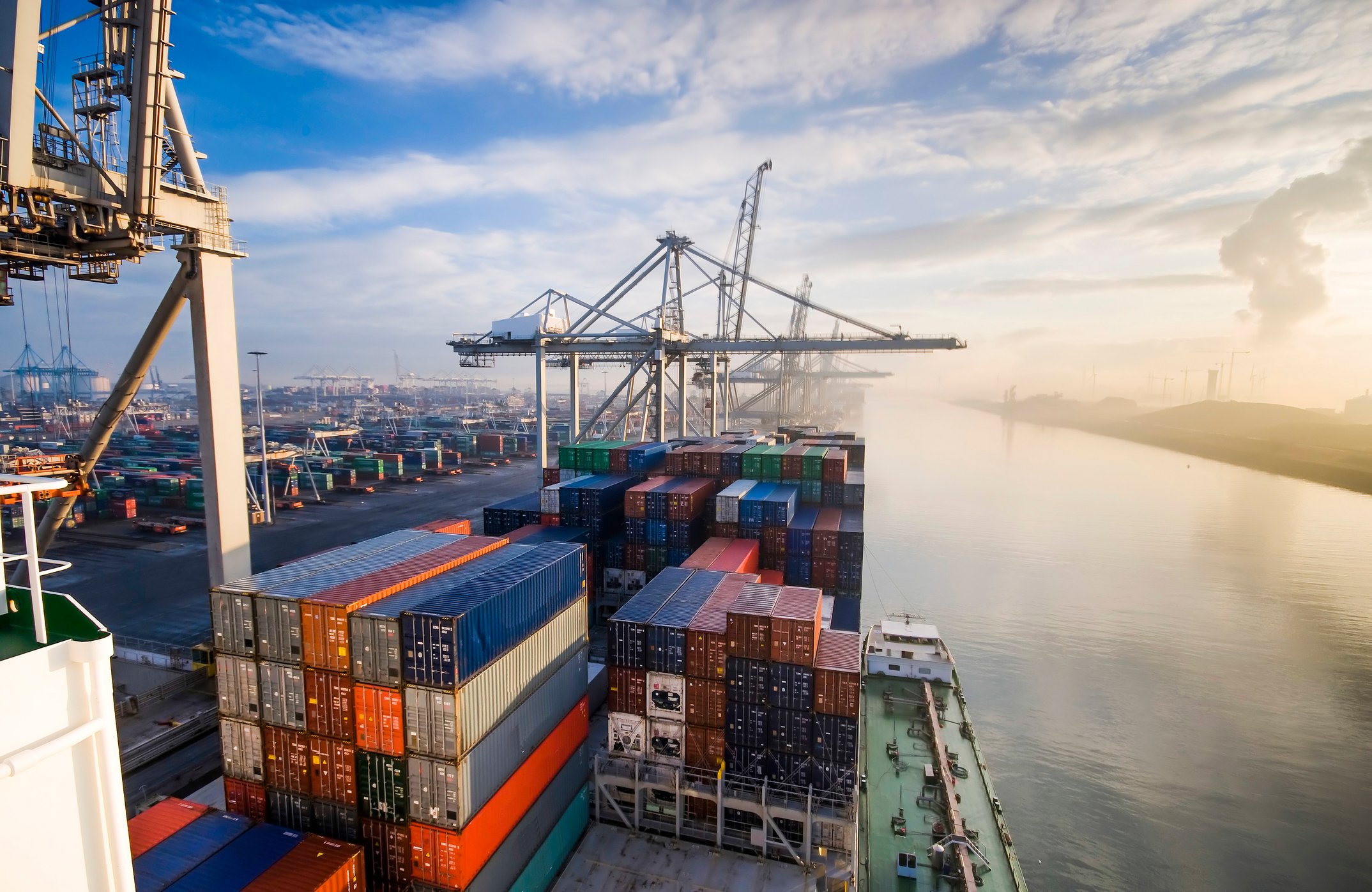Seaspan Corporation's (SSW +0.00%) stock has been steadily sinking for the past several years; it's down nearly 70% over the last three years. What's driving this downdraft: the challenging market conditions in the container shipping sector, which are causing investors to worry that the company might be in over its head. However, the company sees things quite differently.
Why the stock has been sinking
Last year was a tough one for Seaspan Corporation. While full-year revenue rose 7.2% to $877.9 million, cash available for distribution to common shareholders dropped 13.8% to $373.1 million. Conditions grew steadily more challenging for the company throughout the year, evidenced by its fourth-quarter results, in which revenue slipped 2.4%, and cash available for distribution to common shareholders plunged 38.7%. Driving the declines were two factors, the bankruptcy of South Korean shipping giant Hanjin and record-low charter rates for Panamax vessels.

Image source: Getty Images.
Seaspan Corporation took a direct hit from the Hanjin bankruptcy, recording $19.7 million in related expenses. In addition, the company had to cancel leases on four vessels. While it was able to find short-term work for one of those ships, two others are sitting idle at the moment, and the company sent another to a ship recycler for disposal. The reason it chose to recycle that last ship is that Panamax spot rates are below breakeven levels, so it made more sense to jettison the vessel than to continue operating it. In fact, the company has unloaded several of its older Panamax vessels as part of a replacement program, in which it is simultaneously taking advantage of market conditions to purchase some newer vessels at historically low prices to position its fleet for an eventual market recovery.
These harsh operating conditions are causing investors to worry that the company is in over its head as a result of its aggressive expansion campaign the past few years. That growth led the company to borrow heavily, ending last year with $3.4 billion in debt. Furthermore, the company still has several newbuilds under construction that it needs to finish paying for, including two that are currently without long-term charters. While the company has the option to push back delivery of those two vessels until 2018, investors are worried that it might have to sit on those ships for quite a while if the market doesn't recover.
What Seaspan has been doing to stay afloat
While the current market is clearly challenging, Seaspan Corporation has insulated itself from much of this impact because the bulk of its fleet is under long-term contracts. In fact, its backlog of future contracted revenue currently stands at $5.2 billion, with an average remaining life of six years. These contracts will supply the company with 94% of its revenue this year and a stable base of cash flow, more than offsetting the weakness of its small Panamax fleet, which supplies the other 6%.
To further shore up its financial situation, the company raised a total of $660 million in equity last year, which helped reduce net debt by 13.8%. In addition, the company reduced ship operating expenses by 8.8% per ownership day last year to generate more cash flow. Finally, it recently made the difficult decision to cut the dividend. However, that decision was more about increasing its financial flexibility, to capitalize on the industry's current weakness, than to shore up its balance sheet.
That's because "a lot of the deleveraging occurred in 2016," according to comments by CFO David Spivak on the most recent quarterly conference call, with the company focusing on paying down secured bank debt and near-term maturities. Because Seaspan already did most of the heavy lifting, it sees opportunity instead of challenges; that was clear from comments by CEO Gerry Wang on that call. He noted that the company is "actually quite excited by the distress opportunities in front of us," and that the reason it reduced the dividend was "just to have more firepower/ammunition in our hands to grow our business through this down cycle." Wang thinks 2017 could be an interesting year for the company, as it focuses on taking advantage of the down cycle to "grab the right assets at the right value and build our long-term contract backlog."
Investor takeaway
While investors have concerns about Seaspan's ability to navigate through the shipping industry's current challenges, the company sees opportunity instead. It has already shored up its balance sheet, which along with its recent dividend cut, gives it the firepower to make acquisitions that should grow its fleet and cash flow. Given its improving financial situation and already substantial backlog, I tend to agree that Seaspan Corporation shouldn't have any problems swimming through this storm.






